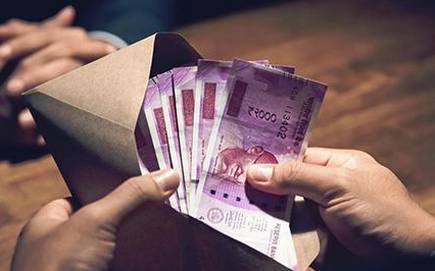


A student, Quant Dev, Finance & Capital Market Enthusiast, and now a blogger on The Indian Wire living in the Financial Capital of India, Mumbai. Sayon is a multi faceted individual with limitless enthusiasm to enlighten the uninitiated in the realm of Finance and Business. He enjoys sharing his knowledge and understanding of current and core happenings in these domains with startling simplicity and ease of understanding. Stay tuned to know more about the latest happenings and be up to date with the market.